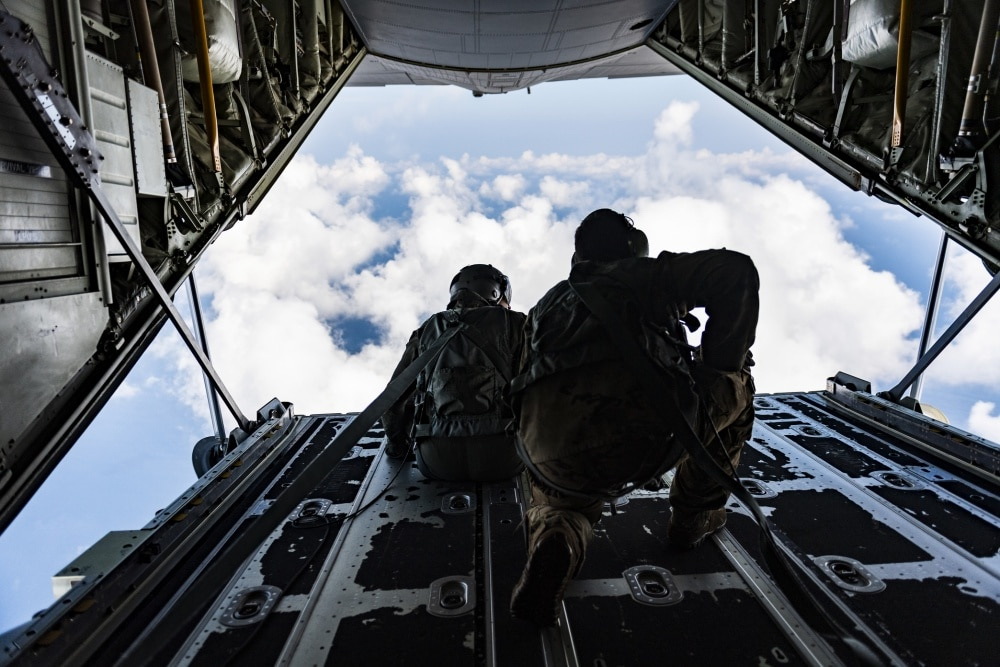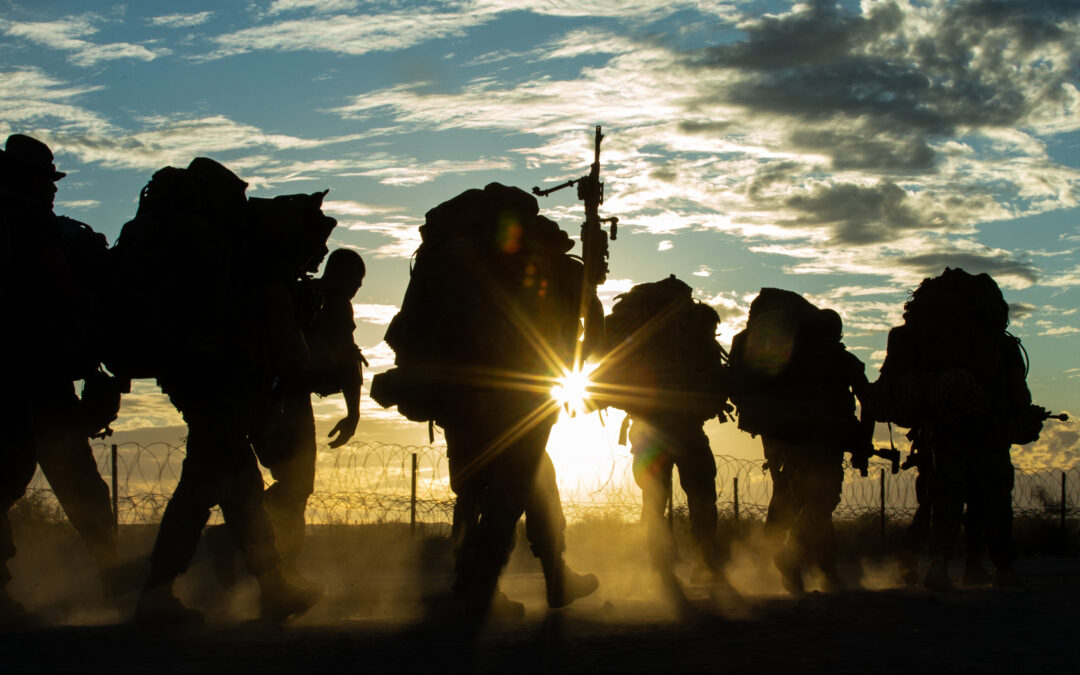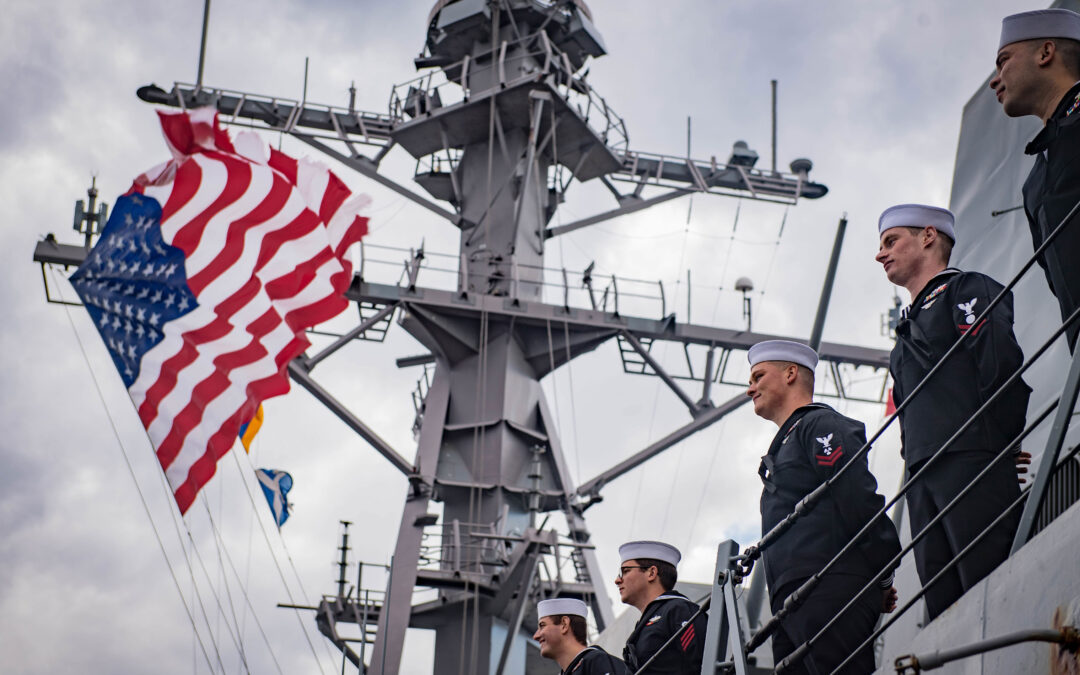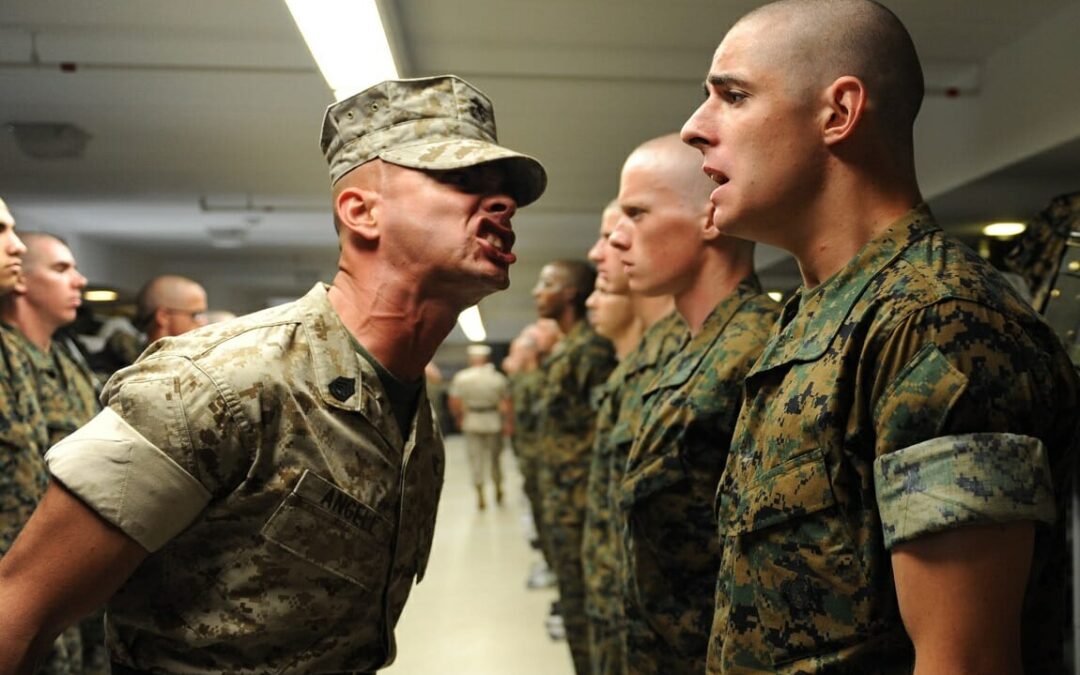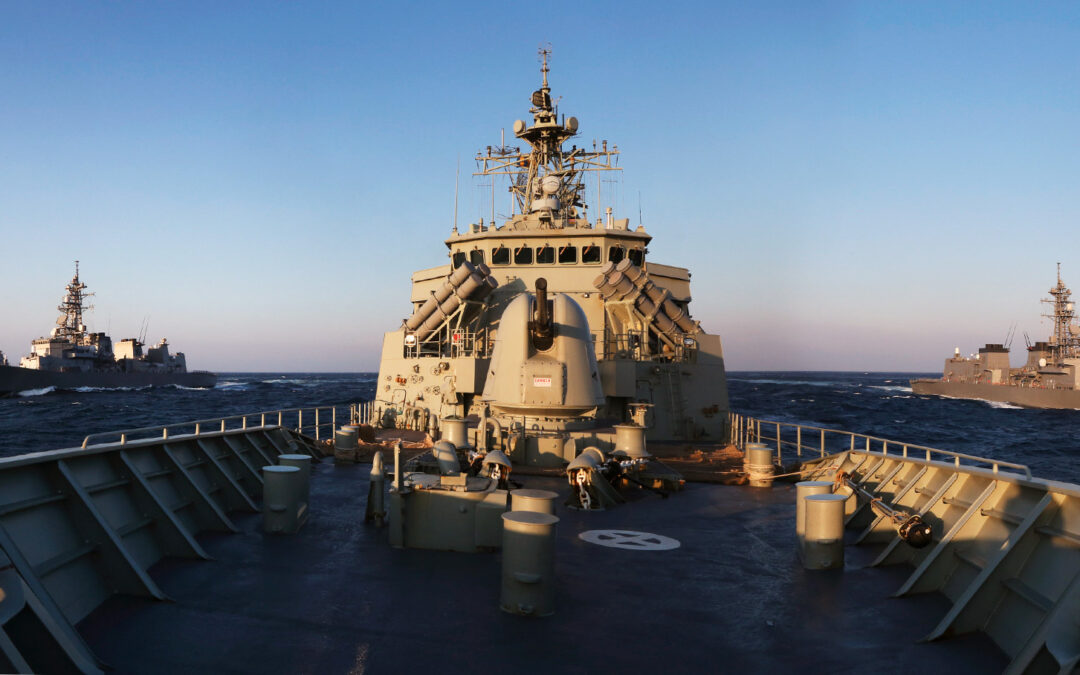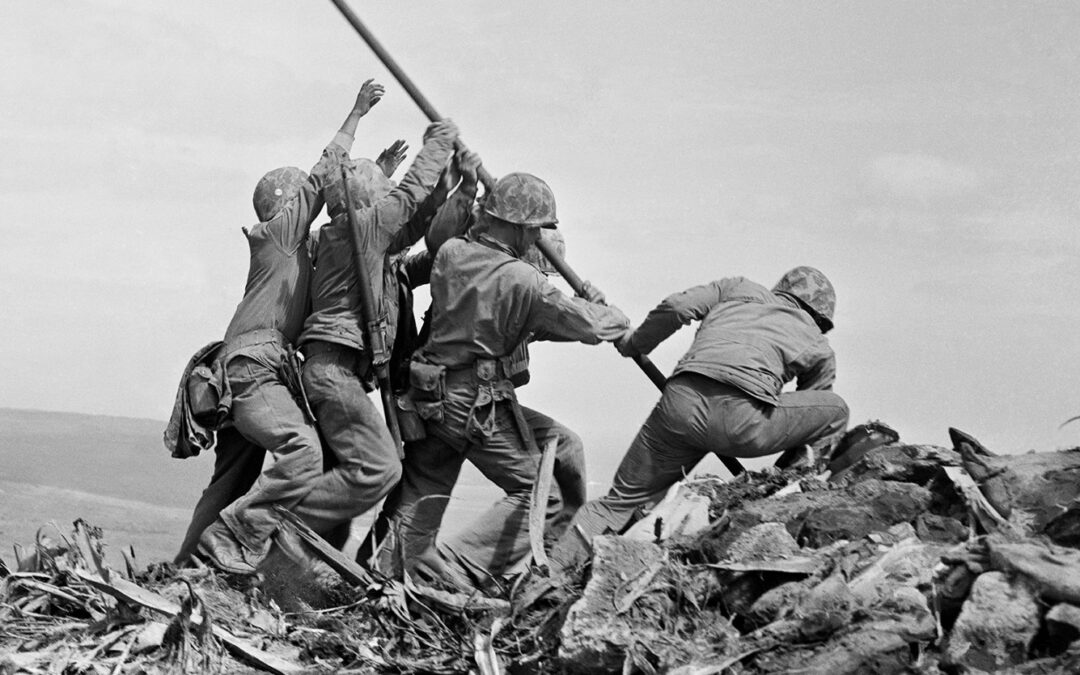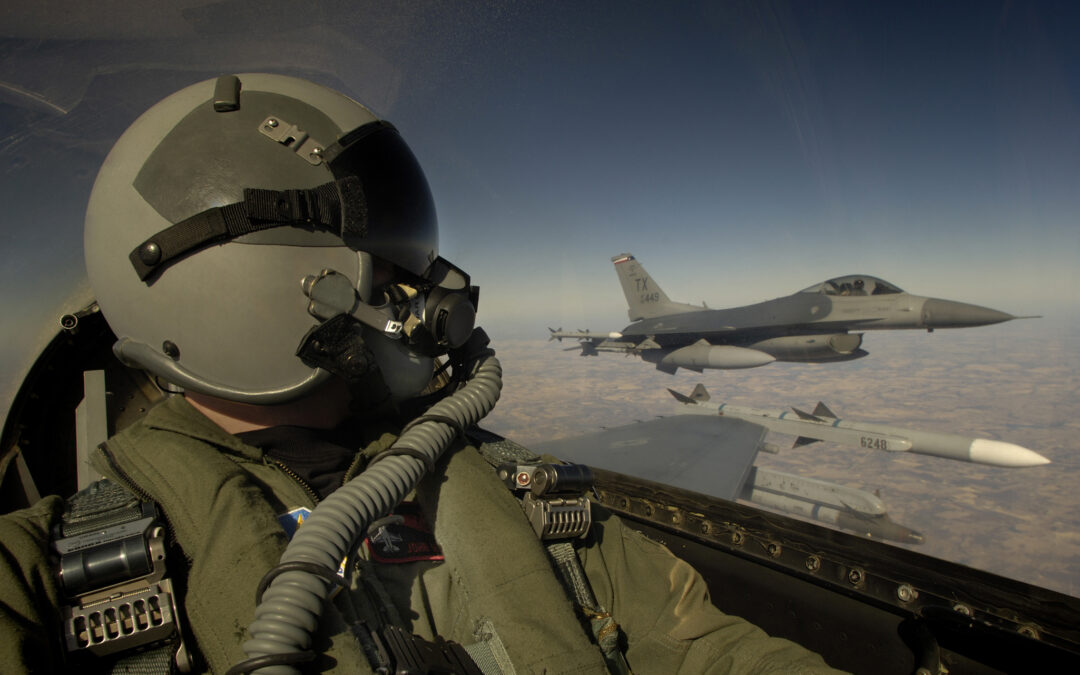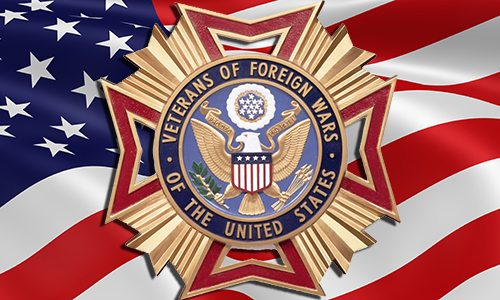The Gary Sinise Foundation and Veterans What is the relationship between the Gary Sinise Foundation and veterans? There are many non-profit organizations and charities that endeavor to support veterans, particularly those wounded in the line of duty. The Gary Sinise Foundation’s mission statement is, “We serve our nation by honoring our defenders, veterans, first responders, their families, and those in need...by creating and supporting unique programs designed to entertain, educate, inspire, strengthen, and build communities.” Together We Served takes a closer work at the efforts the Foundation is making to support the veteran community. Who is Gary Sinise? Born in 1955, Gary Sinise is an American actor. He got his start in theater and small television roles. He first attracted substantial attention for directing, producing, and starring in the 1992 film Of Mice And Men, adapting the classic John Steinbeck novella. Shortly after, he made a huge impression as the double amputee...

